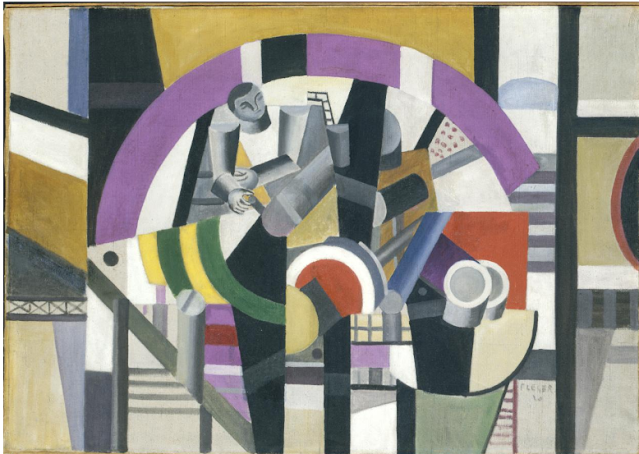Utagawa Hiroshige, "Kakegawa"
This week we are returning to one of my favorites. We last visited this artist and this series back in September of last year. His name is Utagawa Hiroshige (1797-1858). He was a Japanese wood block artist who created a huge inventory of prints featuring Japan, his homeland. After traveling along one of the five main roads linking the cities of Japan, Hiroshige made prints of the stations along the one called the Tokaido Road. This road linked Shogun capital, Edo to the imperial capital, Kyoto, so it became the main travel and transport artery of old Japan. The road had 53 stations offering food, rest and lodging to travelers. There are 55 prints in the series because Hiroshige created one for travelers starting their journey and a final for ending it.
When this series was completed, it was immediately popular. They were very small, a mere 6 11/16 inches high by 9 inches wide, so they were reasonably priced, making them a popular record of a traveler's journey.
This week's print is Station #26 in the series, print #27. The location is Kakegawa and the print was made between 1833-34. Today Kakagawa is a large city along the Pacific coastal area, lying about central in the whole of the country. I think I selected it because this one shows us a little more personality. Here we have two kites, one almost off the page and the other flying free out over the bay. Then to top that off, crossing the bridge is an unknown person gesturing wildly, and we know not why.
The design of the print is very unique. Intersecting horizonal landscape lines is the downward sweep of the bridge contrasted by the upward sweep of the kite rope, and wedged in between is the action, the people.
I find the horizontal blue stripe at the very top of the print amusing. It is essential, putting a necessary "cap" on the top of the format. I suggest that it represents the deep sky, the distance. The light area underneath is both sea and sky, and maybe the morning light, as it arrives and stretches across the land. If this conclusion can be true, then I must no more be critical of the young elementary student drawing the sky at the top, the land at the bottom and questionable between.
Make Art a part of your life, it's a beautiful thing to do.




I think the deep blue at the top and bottom bring the picture together. The characters are interesting and probably each has h his own story. Is there a reason they are coming from opposite directions and just happen to be meeting at the top of the bridge?? The kites indicate that there must be some wind. Grasses on the right also lean in, probably directing us to the people. I also notice the black outlining on almost everything. He sticks to the primary colors. Is there any noise, perhaps water movement or people talking? I am not a fan, but it is fun to imagine being on the bridge!!
ReplyDelete